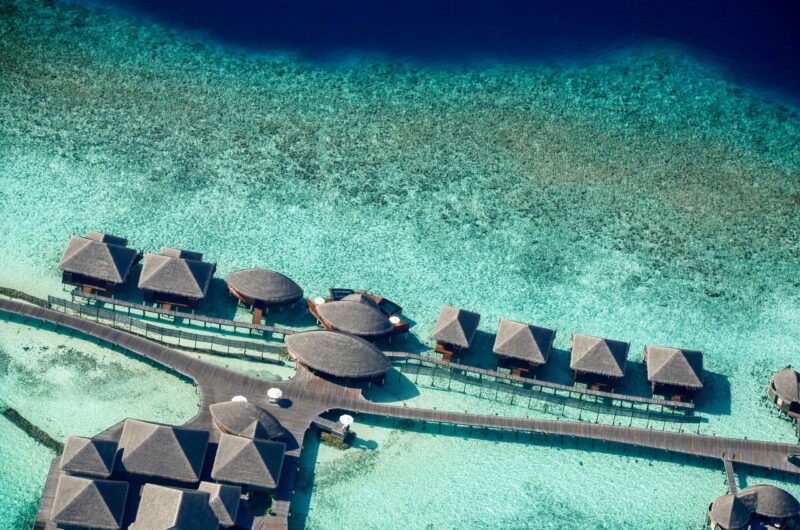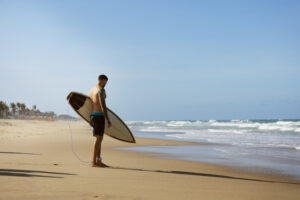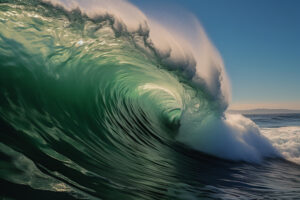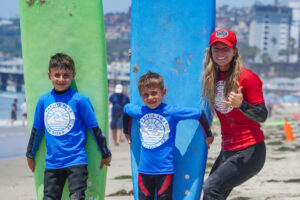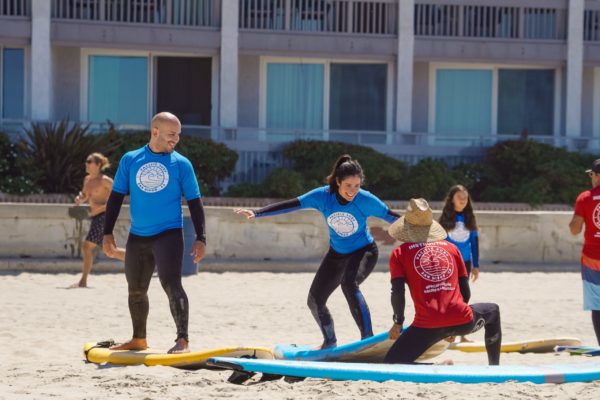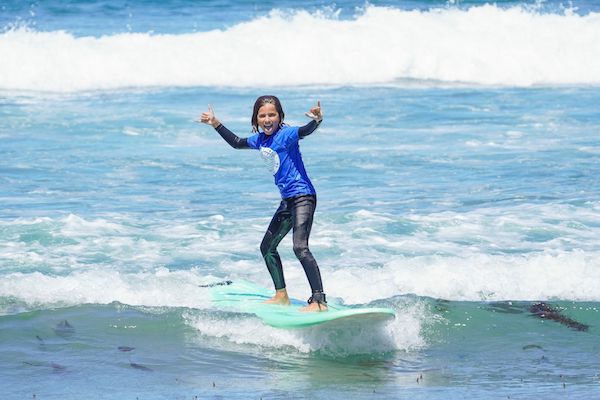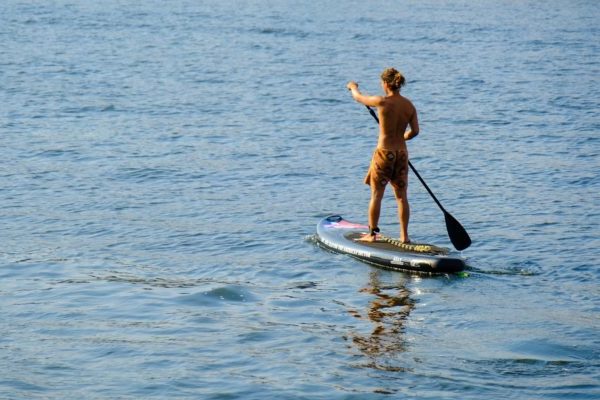Nature is the dominant force in Costa Rica, where jungles blossom, mountains stand high, and the beach is never far away. The country has a unique, diverse coastline, dominated by an array of geological oddities, bordering both the Pacific and Caribbean oceans. There are river mouths, reefs, point and beach breaks, lefts and rights, and waves that could topple legends. Expect adventure, great food, forest treks, and epic surf.
Costa Rica is also home to the safest social environment in Central America. It’s free of the crime, drugs, and extreme poverty we can expect from much of region, making it perfect for tourists hoping to savor its legendary coastline.
The beaches themselves are rarely crowded. You may come across a few big lineups, but for the most part, the waves are there for the taking. Many of the breaks are big enough that they can accommodate several surfers at once, so even if you paddle out and find a crowd, there’s always room for more.
Playa Naranjo
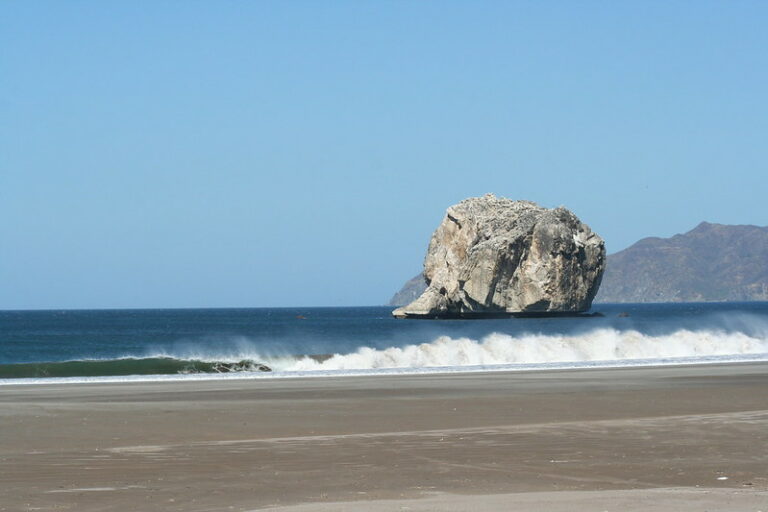
Dog4aday / Flickr
Playa Naranjo–Spanish for “orange beach”–is surrounded by thick, dry tropical forest, known for its rich biodiversity and its clusters of mangrove trees. It is part of Parque Nacional Santa Rosa, a part of the country’s vast network of nature preserves, which take up a quarter of Costa Rica’s landmass.
There is a small island off of the coast named Roca Bruja, also known as Witch’s Rock, which was said to have been cursed by a witch. The beach itself is one of Costa Rica’s most well-known surf spots, where the waves regularly curve into barrels and pipes regardless of the season.
There are two ways to get to Playa Naranja: on foot or by 4×4 with an experienced driver. The walk would take up an entire day, and the road is extremely difficult. It’s more than 2 hours long, which means the beach is rarely crowded. Those who do make the journey will often bring tents and sleeping bags with them. Camping is allowed.
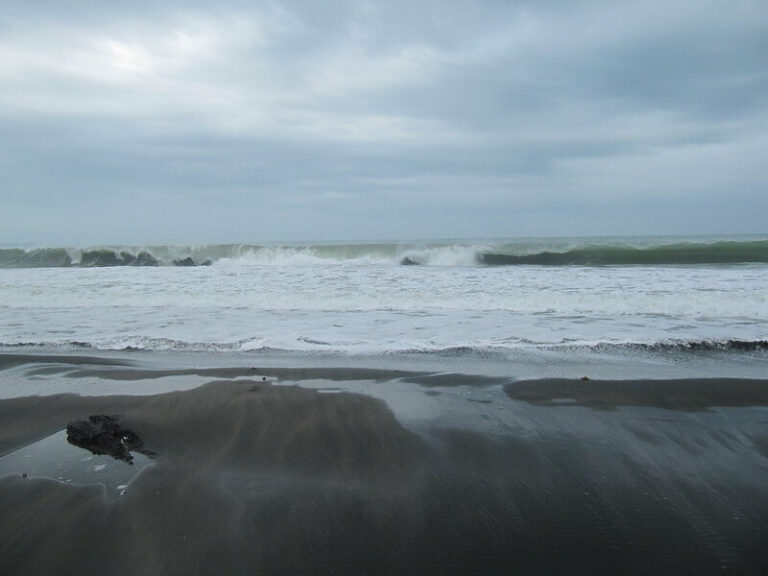
Leonora (Ellie) Enking / Flickr
Playa Negra
Playa Negra translates to black beach. It was named after its characteristic black sand, which was formed from tidal friction and volcanic rock. Many locals swear by its healing power, which is said to soothe both the body and soul. Whether that’s true or not hasn’t been proven, but the sand itself is magnetic.
The beach is located in the northwestern portion of the Guanacaste province on the Pacific coast. It was the filming location of the iconic surfer flick, “Endless Summer II,” making it one of the world’s most famous spots for surf tourism.
The hollow, right-hand barrel hits fast and hard; it’s a wild ride, a favorite for experienced recreationalists and pro-surfers. But it’s not safe for beginners, and it’s only viable during high-tide due to its shallow, rocky bottom. When the tide is low, the water builds up between the rocks, creating tide pools filled with aquatic life.
Playa Santa Teresa
Located on the southern portion of Nicoya Peninsula, Playa Santa Teresa is the perfect tropical paradise, known for its white sands, its palm trees, and its population of small primates.
The beach borders a small town bearing the same name, where you can find great food and lodging, but getting there isn’t easy. There’s a 12 hour bus ride, which is reportedly unreliable. It might be possible to catch a cab, but that’s sporadic. Most rent a car and struggle through the ridiculously difficult dirt roads.
The beach fills up anyway, thanks to its diverse breaks, which are suited for everyone from beginners to pros. They form left and right, and during low tide, there are some amazing barrels. During medium tide, beginners can ride fast moving foam. It can really test your balance if you aren’t used to it. Best of all, it has a steep sandy bottom. Don’t expect rocks and coral. It’s mostly safe, that is if you don’t mind getting pummeled by the water.
Playa Malpais
Playa Malpais is part of a cluster of beaches, which includes Playa Carmen and Playa Teresa, located near the southwestern tip of the Nicoya Peninsula in the Putarenas region. Forbes called this beach one of the most beautiful in the world, and they were right; white sands, lined with palm trees and tropical foliage–that blue on blue shade of sea water.
Nearby there are hidden coves, waterfalls, and miles and miles of jungle. You can take a canopy tour, where you’ll learn about the various forms of wildlife, including monkeys and tropical birds.
The southern tip of the peninsula is dominated by Reserve Cabo Blanco, a remote nature preserve, where true jungle explorers can grab a machete and hike through a foreign world.
This is all centered around a small, notoriously inaccessible landscape that has somehow managed to pull in tourists. Services are readily available, including lodging and food–fish that would leave your mouth-watering with that fresh-caught taste so many people love.
Surfing is the main attraction. Surfers are the only ones adventurous enough to brave the jungle and the mish-mash of unreliable transportation options available for tourists. The break is consistent but diversified. Beginners can ride foam, and experts will find both right and left hollows that will send them reeling with a rush of adrenaline.
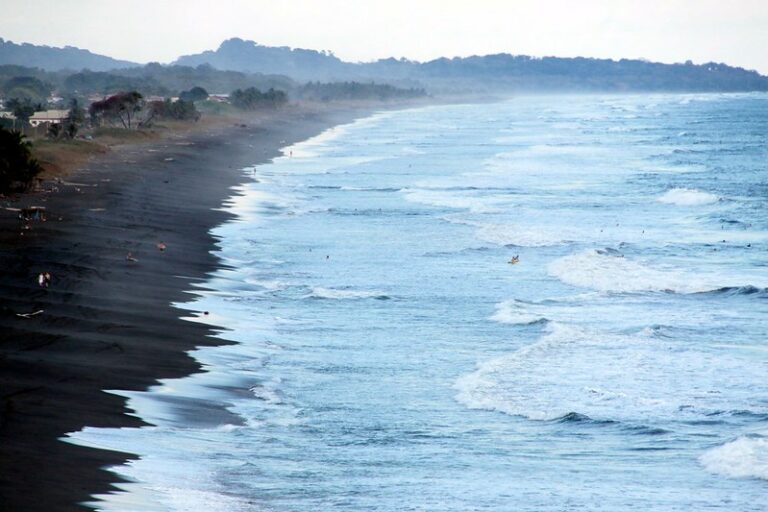
Thomas Anderson / Flickr
Playa Hermosa
Playa Hermosa is a common name, which translates to gorgeous beach, and there are several beaches with the same name in Costa Rica. But the one bordering Jaco in the Putarenas Province has one of the most consistent surf breaks in the entire world.
Each August it hosts Quicksilver’s International Surf Competition, which pulls in hundreds of professionals–not to mention the spectators. The beach also borders one of the country’s most popular nature reserves, San Manuel National Park, which takes up more than 136,000 acres. Its home to several hundred rare species, including endangered spider and howler monkeys, toucans, armadillos, and sloths.
There are plenty of nearby surf shops, hotels, and restaurants. Expect a classic tropical experience, and world-class surfing. The waves can reach up to 13-feet high, challenging even the most experienced surfers.
Surf With the Best
Costa Rica’s shoreline is world-renowned, defined by geological formations, rocky seafloors, coral reefs, and steep sand banks–things that most beginners are incapable of navigating. Even the foam can be a challenge. If you’d like to surf those waters one day, you’re going to have to find a good instructor who can show you the ropes–how to balance, how to pop-up, and how to wipeout. Not every beach requires you to be at the top of your game, but these beaches do.

